Idea by
Ali Zine
Call for ideas 2020
The Destructive Character
The Destructive Character
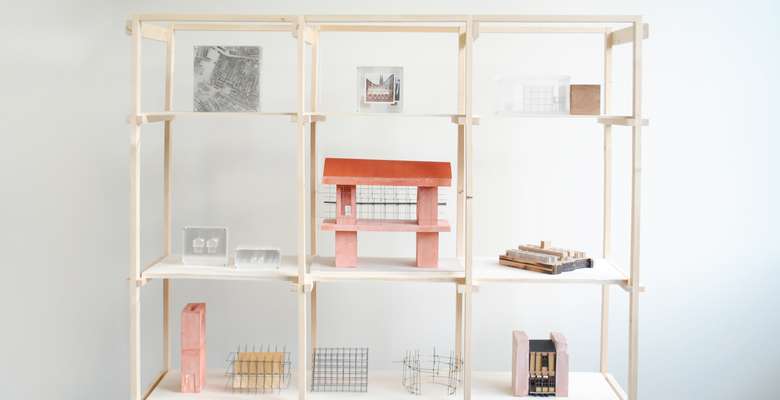
- Site-specific cases
The Destructive Character, the eponymous writing by Walter Benjamin, serves as the starting point of a reflection on the role of destruction in the shaping of cities. Institutional, militaristic or self-inflicted; destruction has become a banal occurrence in West Belfast. This publication is the result of a research exploring the relationship between destruction and the domestic space. It follows the room, as it learns to live with destruction.
The archive is a polemical response to the current condition of home confinement. Pushing towards the absurd, it formulates a rediscovery of the deserted public space, through an alternative relation to possession and leaving traces. This project explores alternative methodologies in critical architecture discourse. Extending beyond traditional modes of practice, it positions architecture at the intersection of art, literature and urban situations.This story will be told through an accumulation of artefacts, combining objects, images and text.

It is not hard to see The Destructive Character at work in Belfast, as it doesn’t make itself hard to find. Stealth has never been its strong suit. Traces of its passing remind the city, by their absence or flagrance, that the streets that were here are gone. Destruction doesn’t spare anyone. Beyond the conflict, and the partition that ensued, the Destructive Character makes no distinction. Even the walls that stand between communities are of little help.
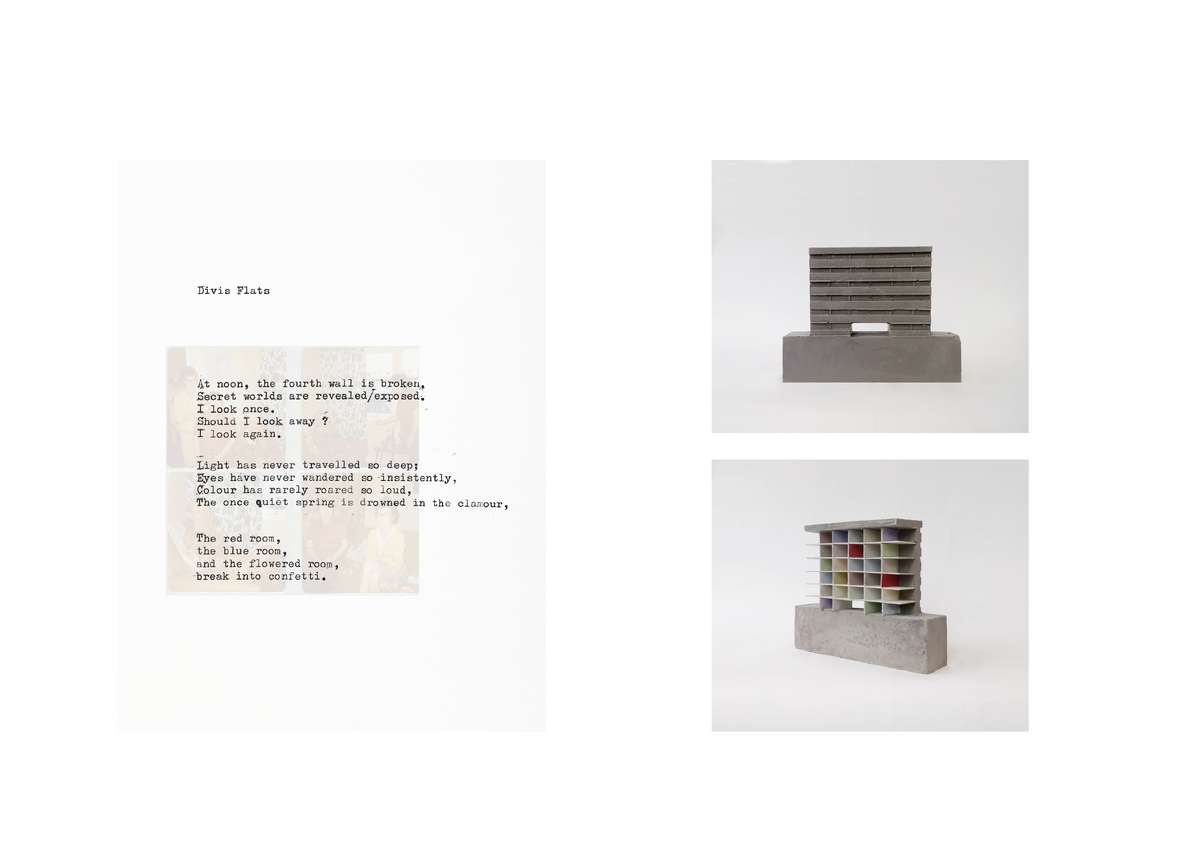
West Belfast was the center of the conflict between Catholic and Protestant communities. Gone are the days of its industrial glory. Successive demolitions and reconstructions of homes have taken place during the war, and lasted long after. Is it often only through destruction that the conflict finds either a resolution or a trigger of contentious issues.

The house as a tool of analysis of the human soul, Bachelard once said. Few know if he also refers to its darker corners. The home emerges as the frequent and preferred target of The Destructive Character. It could be, that its secretive and precious nature makes for a dramatic destruction. The room has had to acquire new qualities, which left it permanently altered. The oppressive nature of the current condition has reinforced the independence of the domestic cell.
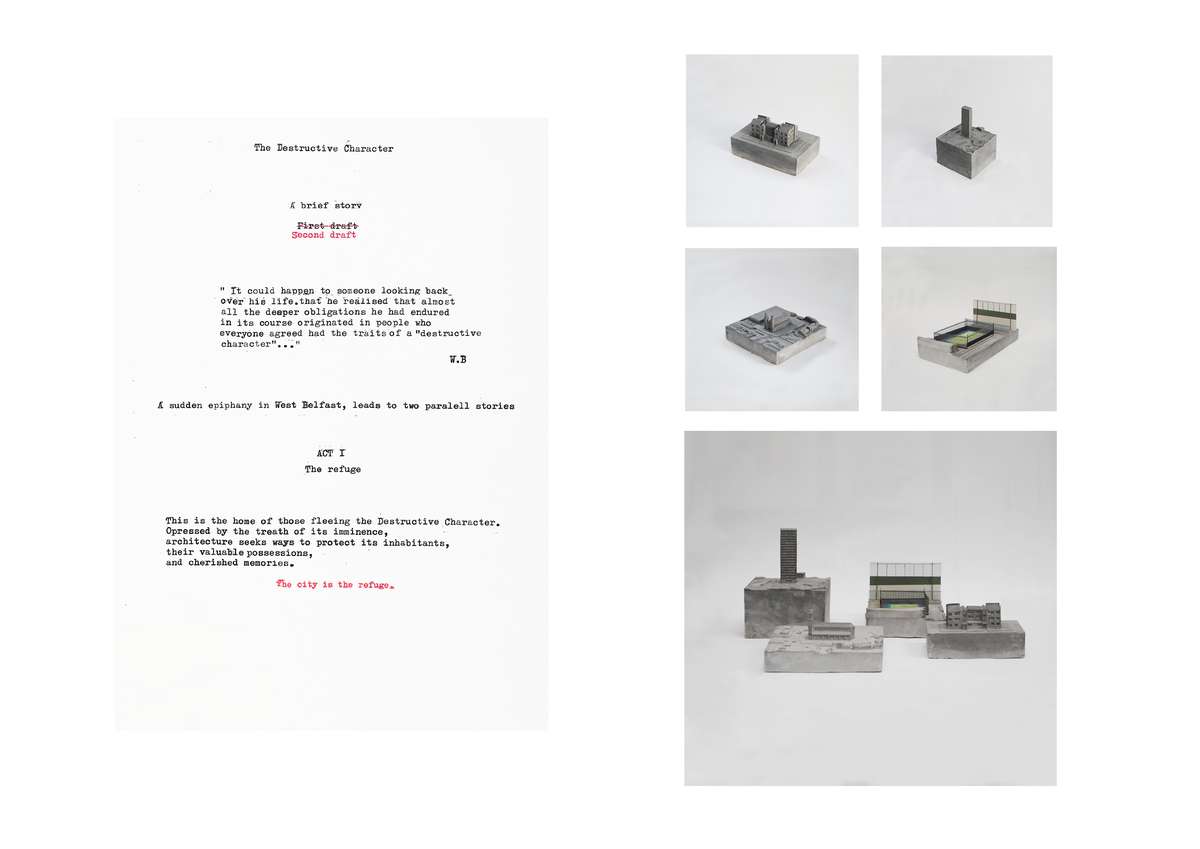
A new domestic language, at the intersection of war and peace, was born. It is a reflection of the current ambiguous situation. Defensive measures are rarely put in place without the risk of a real threat. It is here assumed to be an imminent action by the Destructive Character. Its erratic and unpredictable nature is to blame for the paranoid city, in a state of constant siege.
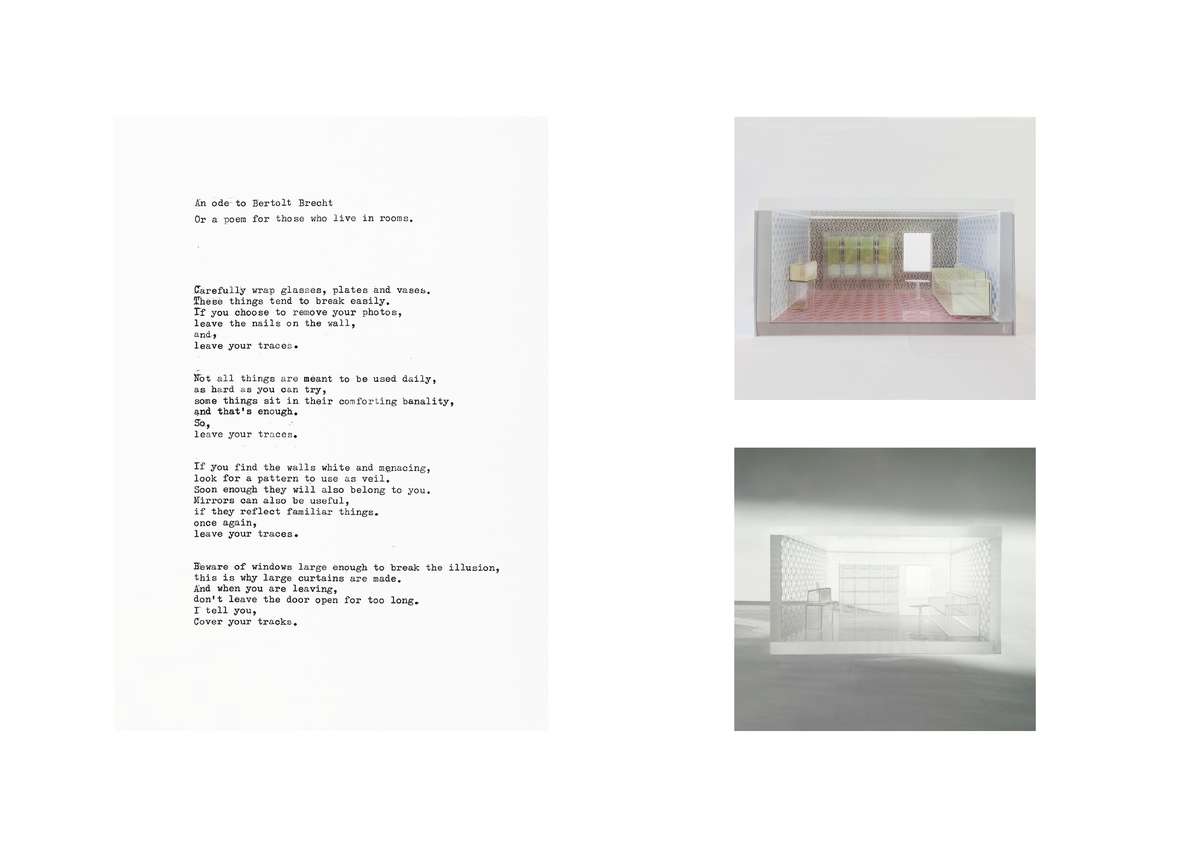
The untamed strength of The Destructive Character is bound to the domestic space. Some decided to put it to good use. If channelled correctly, a fertile and productive destruction could lead to liberation. At the beginning there was a room bearing the traces of a human presence. Then the room became a shell, and the house a receptacle for the person. It is an ability first perfected by mollusks, as an additional anatomical layer. Then the refuge, followed suit.
The Destructive Character
The Destructive Character

- Site-specific cases
The Destructive Character, the eponymous writing by Walter Benjamin, serves as the starting point of a reflection on the role of destruction in the shaping of cities. Institutional, militaristic or self-inflicted; destruction has become a banal occurrence in West Belfast. This publication is the result of a research exploring the relationship between destruction and the domestic space. It follows the room, as it learns to live with destruction.
The archive is a polemical response to the current condition of home confinement. Pushing towards the absurd, it formulates a rediscovery of the deserted public space, through an alternative relation to possession and leaving traces. This project explores alternative methodologies in critical architecture discourse. Extending beyond traditional modes of practice, it positions architecture at the intersection of art, literature and urban situations.This story will be told through an accumulation of artefacts, combining objects, images and text.
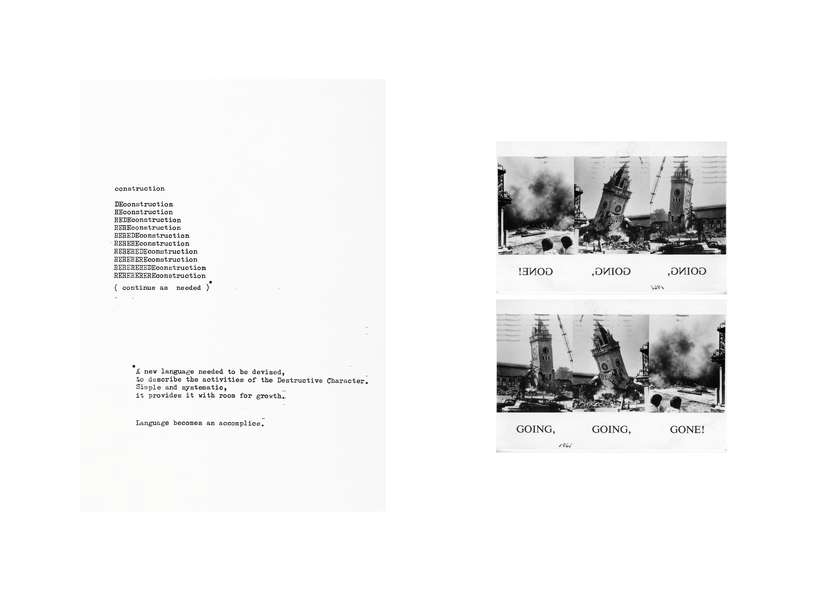
It is not hard to see The Destructive Character at work in Belfast, as it doesn’t make itself hard to find. Stealth has never been its strong suit. Traces of its passing remind the city, by their absence or flagrance, that the streets that were here are gone. Destruction doesn’t spare anyone. Beyond the conflict, and the partition that ensued, the Destructive Character makes no distinction. Even the walls that stand between communities are of little help.
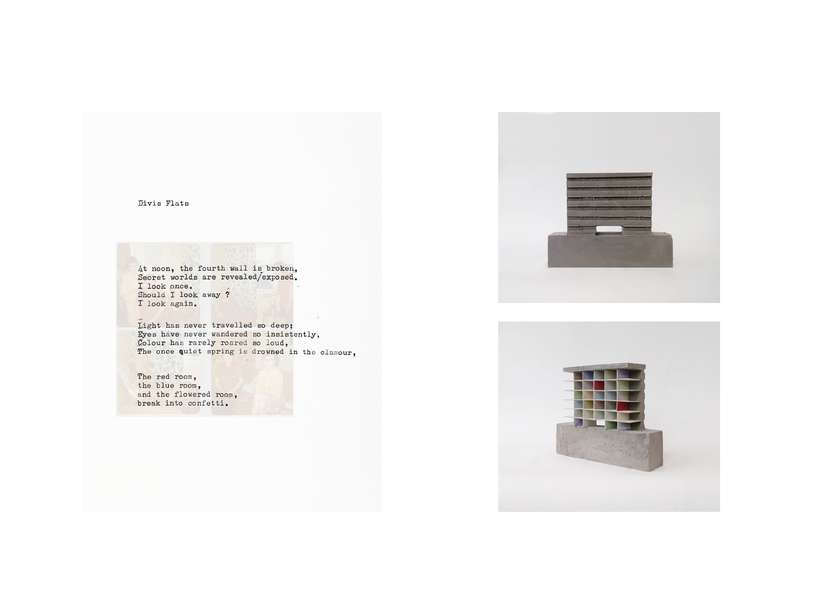
West Belfast was the center of the conflict between Catholic and Protestant communities. Gone are the days of its industrial glory. Successive demolitions and reconstructions of homes have taken place during the war, and lasted long after. Is it often only through destruction that the conflict finds either a resolution or a trigger of contentious issues.

The house as a tool of analysis of the human soul, Bachelard once said. Few know if he also refers to its darker corners. The home emerges as the frequent and preferred target of The Destructive Character. It could be, that its secretive and precious nature makes for a dramatic destruction. The room has had to acquire new qualities, which left it permanently altered. The oppressive nature of the current condition has reinforced the independence of the domestic cell.

A new domestic language, at the intersection of war and peace, was born. It is a reflection of the current ambiguous situation. Defensive measures are rarely put in place without the risk of a real threat. It is here assumed to be an imminent action by the Destructive Character. Its erratic and unpredictable nature is to blame for the paranoid city, in a state of constant siege.
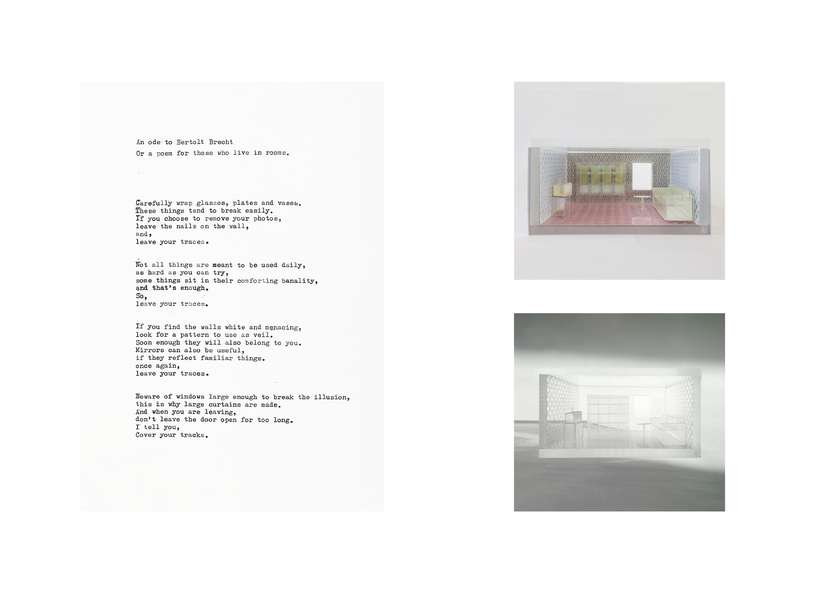
The untamed strength of The Destructive Character is bound to the domestic space. Some decided to put it to good use. If channelled correctly, a fertile and productive destruction could lead to liberation. At the beginning there was a room bearing the traces of a human presence. Then the room became a shell, and the house a receptacle for the person. It is an ability first perfected by mollusks, as an additional anatomical layer. Then the refuge, followed suit.